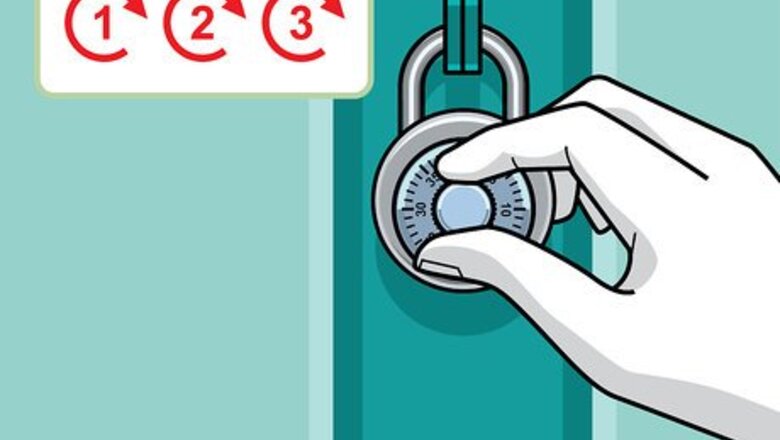
views
(Note: some locks may open differently)
Opening When You Know Your Padlock's Combination
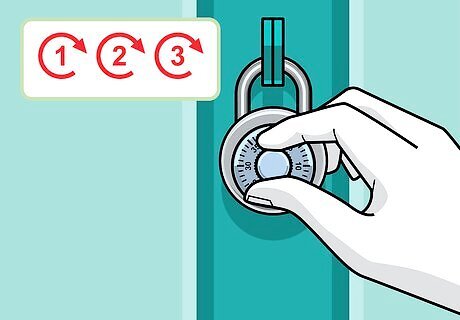
Spin the dial at least three times to the right (clockwise), all the way around. This clears the lock of any previous numbers. If at any point in putting in your combination you mess up, do this again to start over.
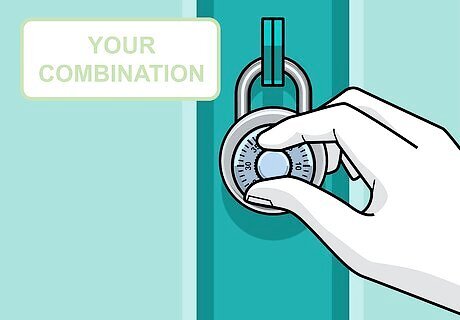
Enter your combination. Turn the dial to the right and stop at your first number. Always start with a turn to the right! For your second number, turn the dial to the left, going past zero and your first number. Then stop at your second number. Some locks are a bit odd or finicky -- if your locker isn't opening after you put the three numbers in correctly, try turning left past your second number once and stopping on it on the next go around. For your third number, turn the dial to the right and go directly to the last number. Leave your lock on this number. Always remember: right, left, right
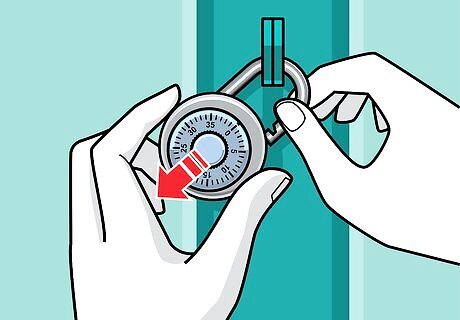
Open the lock. Pull the lock open and out of the hole, or pull the latch or handle, if there is one. Otherwise, tug on the knob to open the locker. If your locker just won't open, try it again with the last number being five before or after your "official" last number. Sometimes the older locks get, the shakier they get in their requirements or abilities. If that doesn't work, ask your classmates or teacher if there are any similar quirks in the school locker system. Try twice before you call a teacher.
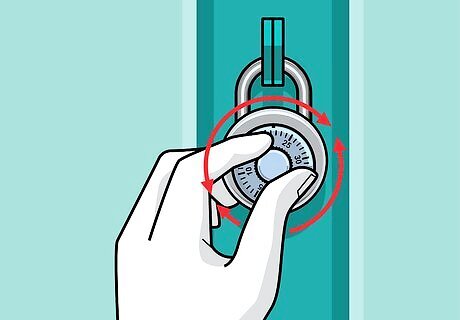
Lock your locker after use. Make sure, if you have a locker with an unattached lock, that you lock your locker when you leave. If you don't, it's possible your things will get stolen or your lock will be turned backwards. Close your lock up and twist the dial a bit. If you leave it on the final number, it may open up again effortlessly, for someone other than you.
Opening When You Don't Know Your Padlock's Combination
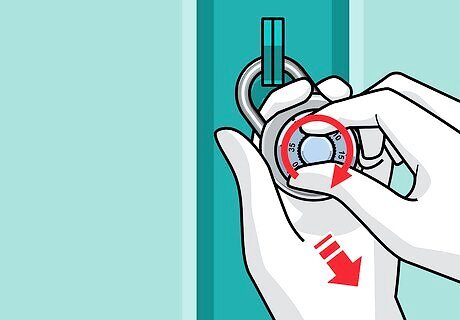
Apply pressure upward. This means taking your finger and wrapping it around the latch. It should pull up just a teeny bit when it's locked. While you're doing this, rotate the lock counterclockwise until it locks. You may have to apply a bit of strength to do this, but it won't break it.
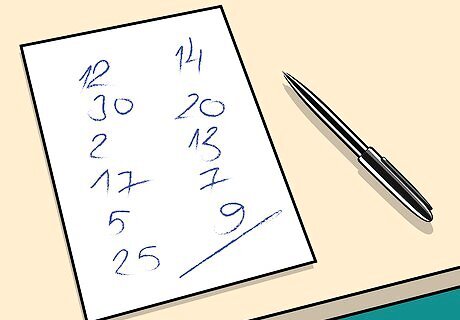
Write down the numbers it locks at. Repeat this action 11 more times. Seven of the numbers you get will be between two digits; ignore those. Continue with the 5 outliers. Of those 5, 1 should not end in the same digit. That's your third number. Obviously, it's very important to know exactly where the lock stops at. Be diligent and take a keen eye to your lock.

Use trial and error. You're now down to just 100 possible combinations -- that's 15 minutes' work. Your third number actually allows you to eliminate possible first and second numbers, believe it or not. It may take a bit, but it will open with perseverance. If your third number is 0, 4, 8, 12, 16, 20, 24, 28, 32, or 36: Your first number is either 0, 4, 8, 12, 20, 24, 28, 32, or 36. Your second number is either 0, 6, 10, 14, 18, 22, 26, 30, 34, or 38. If your third number is 1, 5, 9, 13, 17, 21, 25, 29, 33, or 37: Your first number is either 1, 5, 9, 13, 17, 21, 25, 29, 33, or 37. Your second number is either 1, 7, 11, 15, 19, 23, 27, 31, 35, or 39. If your third number is 2, 6, 10, 14, 18, 22, 26, 30, 34, or 38: Your first number is either 2, 6, 10, 14, 18, 22, 26, 30, 34, or 38. Your second number is either 2, 8, 12, 16, 20, 24, 28, 32, 36, or 0. If your third number is 3, 7, 11, 15, 19, 23, 27, 31, 35, or 39: Your first number is either 3, 7, 11, 15, 19, 23, 27, 31, 35, or 39. Your third number is either 3, 9, 13, 17, 21, 25, 29, 33, 37, or 1.










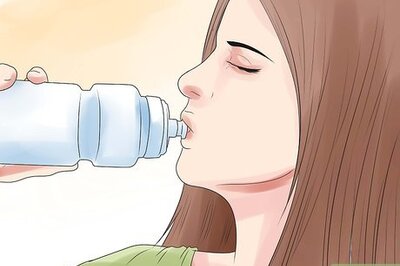




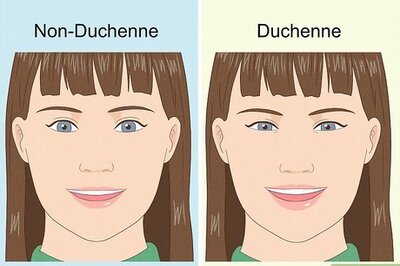



Comments
0 comment